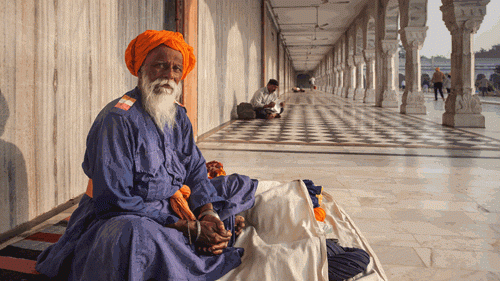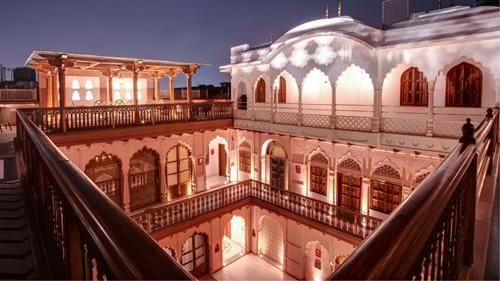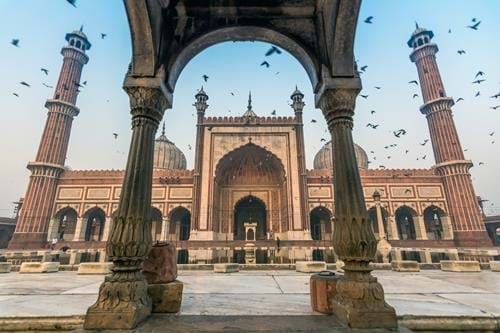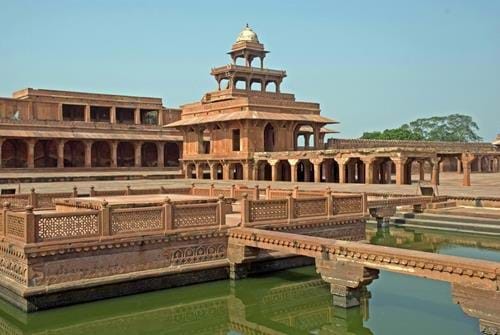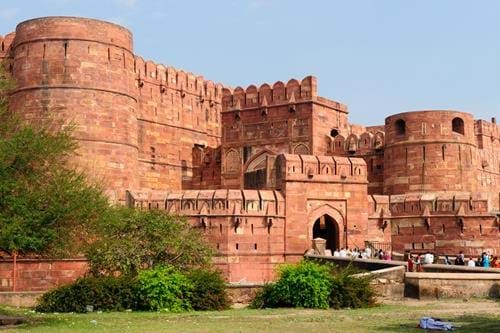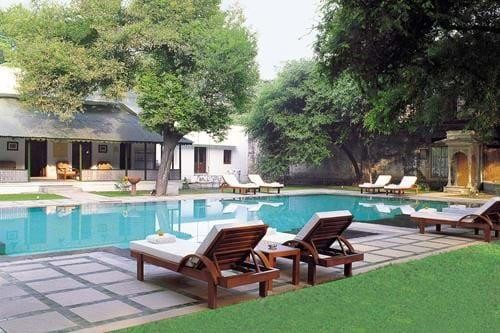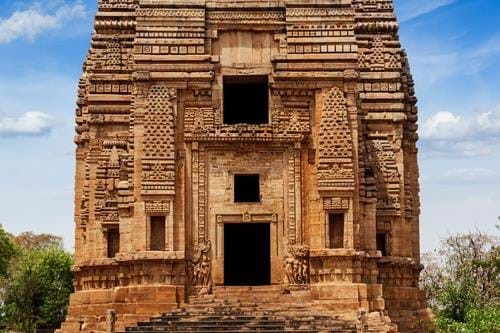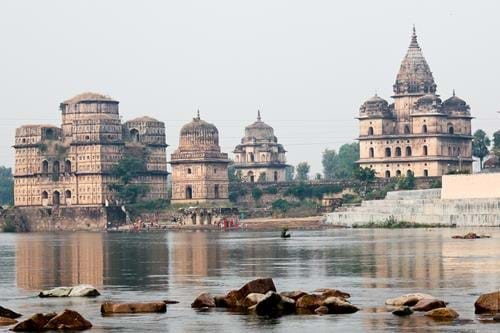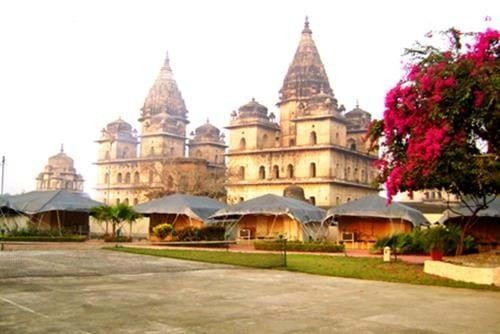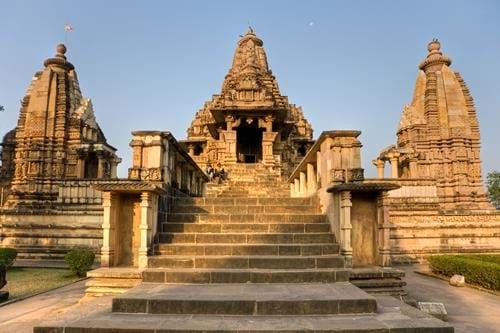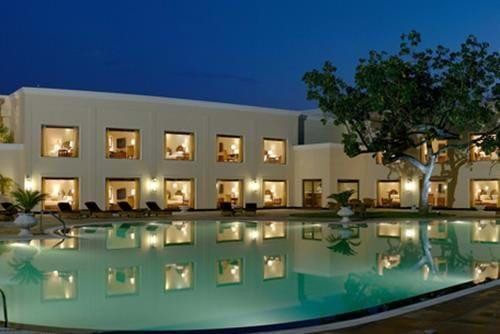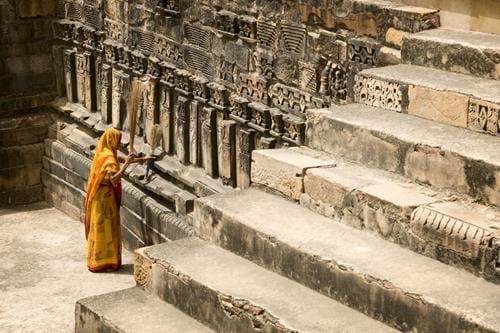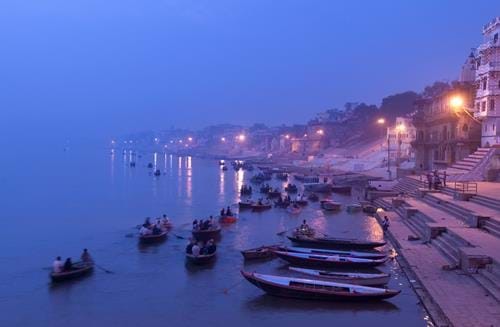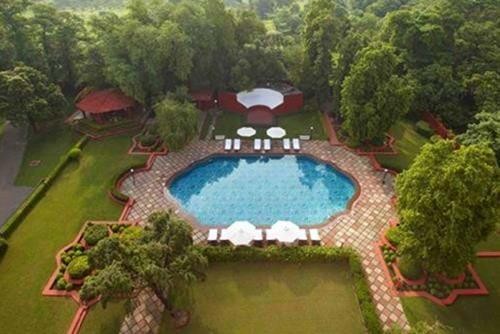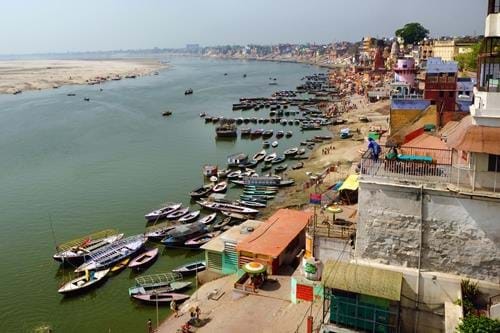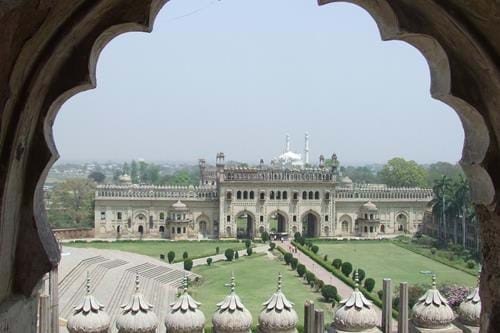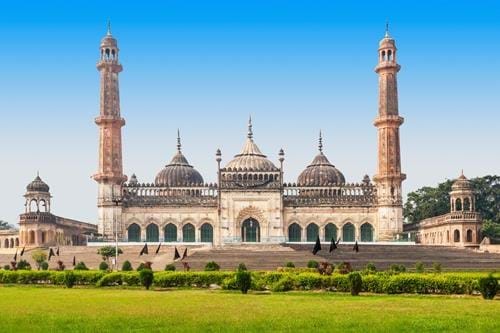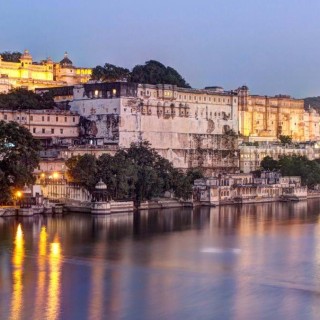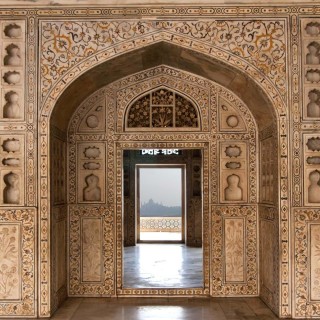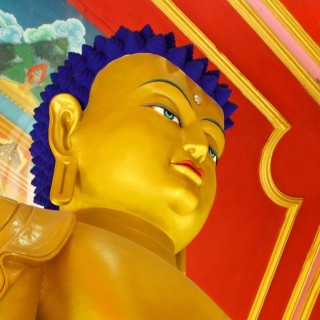Tailor-Made Tour
- Duration14 Days
- Flights IncludedYes
- Prices From £ 3125
 Places Visited :
Delhi, Agra, Gwalior, Orchha, Khajuraho, Varanasi, Lucknow
Places Visited :
Delhi, Agra, Gwalior, Orchha, Khajuraho, Varanasi, Lucknow
This is one of our all-time favourite trips designed to dazzle and inspire at every turn. If you want to experience the country’s finest historic monuments and some of the grandest forts, palaces and temples, then Classical Splendour is the itinerary for you. It starts in Delhi and progresses southeast across Rajasthan and the Gangetic Plains to the sacred city of Varanasi, via a non-stop parade of wonders, including some you’re unlikely ever to have heard of. Live the India of your imagination on this once-in-a-lifetime journey.
Remember, this trip can be personalised to suit your travel needs - we can tailor everything from hotel, travel type, duration and more.

